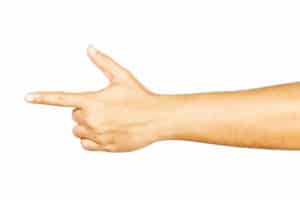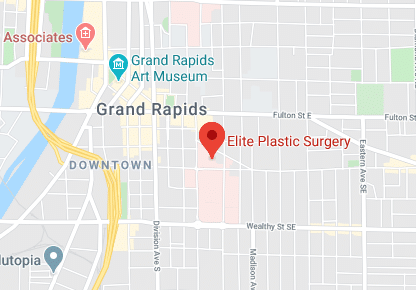
But sometimes things can get a little off kilter. That’s the case when a finger gets stuck in a bent position. It then may bend or straighten with a snap, kind of like a trigger being pulled and released.
This is trigger finger.
At Elite Plastic Surgery, five of our surgeons — Drs. Armstrong, Luce, Ford, Cullen, and Martin — are hand surgeons, with extensive training in the intricacies involved. They can correct your trigger finger.
What is trigger finger?
The clinical term for trigger finger is stenosing tenosynovitis. It occurs when inflammation narrows the space within the sheath that surrounds the tendon in the affected finger. If the condition becomes severe, the affected finger can become locked in a bent position.
What are the symptoms of trigger finger?
While it is called trigger finger, the condition can also affect the thumb. It may affect more than one finger at a time and can involve both hands. Symptoms of trigger finger usually progress as the inflammation constricts the sheath more and more. These are typical symptoms:
- Finger stiffness, particularly in the morning
- A popping or clicking sensation as you move your finger
- Tenderness or a bump (nodule) in the palm at the base of the affected finger
- Finger catching or locking in a bent position, which suddenly pops straight
- Finger locking in a bent position, which you can’t straighten
What causes trigger finger?
Trigger finger occurs when the sheath that surrounds and protects the tendon in the affected finger becomes irritated and inflamed. This interferes with the normal gliding motion of the tendon through the sheath. If this irritation is prolonged, scarring, thickening, and the formation of bumps can form in the tendon that further impede smooth motion.
How is trigger finger treated?
Your Elite surgeon may use different treatment approaches, depending on the severity of the patient’s situation. These will start with conservative measures, such as splinting.
- If conservative treatments aren’t working, next may be steroid injections. The steroid is injected near or into the tendon sheath. This may reduce inflammation and allow the tendon to glide freely again. These injections can be effective for up to one year.
- Percutaneous release is not a surgery, but is slightly invasive. Your Elite surgeon inserts a sturdy needle into the tissue around your affected tendon. He then moves the needle and your finger to break apart the constriction that is impeding the smooth movement of the tendon.
- If these options aren’t working, surgery may be required. A small incision is made near the base of your affected finger. Your surgeon then cuts open the constricted section of tendon sheath.
Do you think you may have signs of developing trigger finger? Call the team at Elite Plastic Surgery, (616) 459-1907, and let’s take a look.


No comments yet.